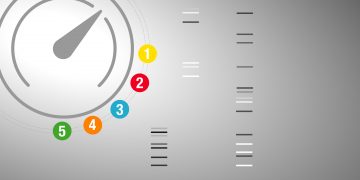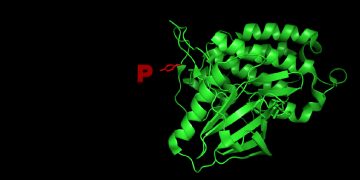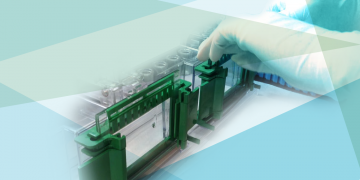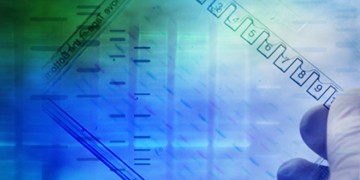
Stain-Free Western Blotting: Faster Results, Better Data
Western blotting is a well-accepted technique which has a place in every molecular biologist’s toolkit. However, the traditional process is lengthy and filled with manual steps, which can result in variability. Stain-Free technology can shorten your workflow and improve your data. Read our top three reasons to incorporate Stain-Free technology in your western blotting workflow.

10 Tips for Western Blot Detection of Phosphorylation Events
Being able to interrogate protein phosphorylation events and aberrant phosphorylation levels is critical to our understanding of various biological and pathological processes. However, detection of phosphorylated proteins in western blots can be challenging. These ten tips will help you generate robust data and cleaner blots.

Defining the New Normal in Quantitative Western Blot Data
Normalization of western blot data is very crucial in quantitating proteins. Normalization of band intensity of proteins of interest with the band intensity of housekeeping proteins (HKP) is routinely done in labs. But more and more journals question the validity of using HKPs in normalization and are demanding more validations and tests. An alternative method is to use total protein normalization (TPN) for normalization. Explore the TPN option and see how you can get reliable western blot data easily.

The How and Why of Normalizing Your Western Blots
Introducing data normalization into your western blotting workflow may sound unnecessary but it has proven to be a great way to ensure great results. Follow along as we break down some of the main takeaways from the first chapter in Dr. Oh’s popular wester blotting webinar series, including a unique method to ease normalization woes and worries.

Trends in Protein Separation and Analysis — the Advance of Stain-Free Technology
What is stain-free technology? How does it work in electrophoresis and western blotting? How does it compare with existing staining techniques? What are its advantages and possible concerns? Here is a technical review of this rapidly growing technological advance.

Bio-Rad’s FastCast™ Acrylamide Kits — It’s Time to Expect More from Your Handcast Gels
Hand casting polyacrylamide gels is not an easy task. It is laborious, needs lot of pre-planning and is cumbersome. Bio-Rad’s new TGX and TGX Stain-Free FastCast gel solutions not only address all these issues, but provide added benefits, such as increased speed, stain-free visualization, and quality control. Learn more about these new handcasting kits.

Revealing BRCA2 Pathways in Cancer with Bio-Rad’s V3 Western Workflow
Twenty years after the discovery of the link between BRCA gene mutations and breast cancer, researcher Ryan Jensen of the Yale Medical School is looking into the interactions between the DNA repair protein RAD51 and BRCA proteins using Bio-Rad’s V3 Western Workflow.
